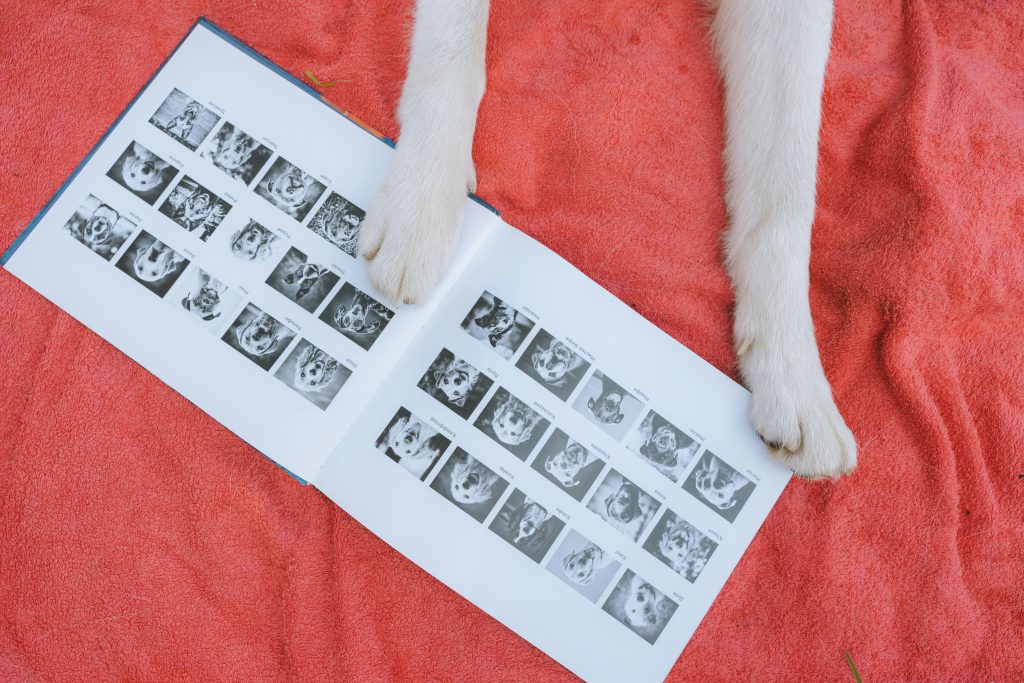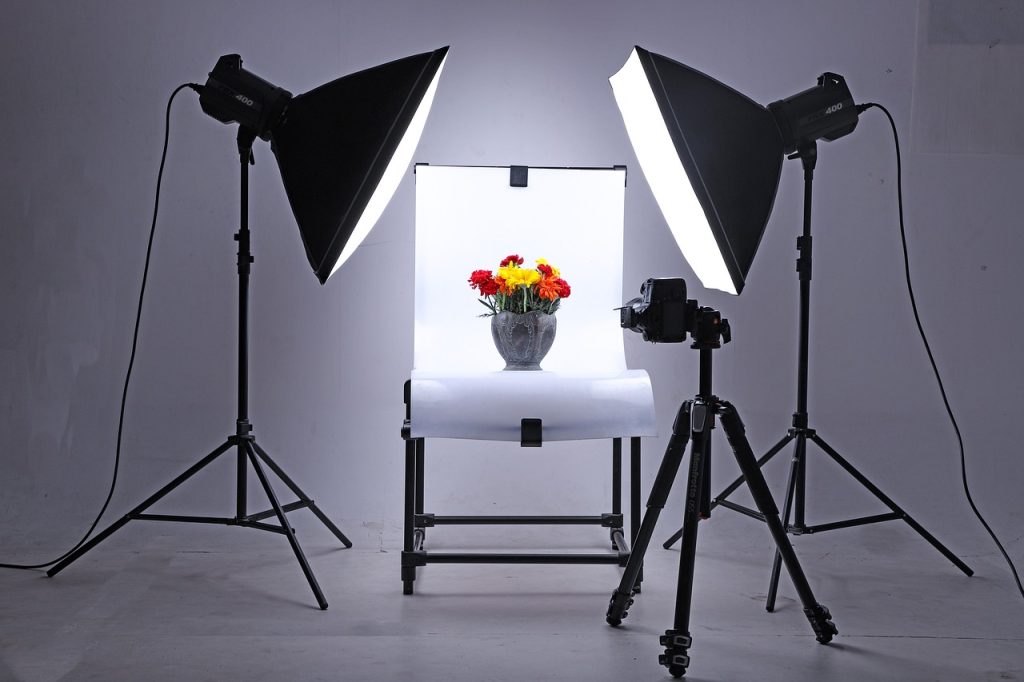Let’s be honest, most freelance photographers don’t earn as much as they hoped. Not because they’re not talented or their work isn’t good enough. They are talented, they are skilled, they have proper gear. They’re not bad. They’re just… invisible. They’re stuck in the middle of something. But there are two types of photographers who tend to survive. And not just survive—make a living. Different styles, different paths—but both work. Both survive. And sometimes, even thrive.
The Specialists
These are the photographers who pick a lane and stay in it. They do one thing—or one thing really well. And they build a reputation for it. They’re the wedding photographer everyone recommends. The product photographer who knows exactly how to make a lipstick look like a work of art. Or the real estate photographer who can shoot a shoebox apartment and make it feel like a palace.
They deliver, because they are special, they know what they are good at and know they are worthy. Their website is clear, their offer is sharp, they don’t get inquiries that start with “So… what exactly do you do?”
They make money because people trust them. Because when someone needs that one thing, they remember the name. They don’t have to compete on price. They compete on clarity.
They’re not necessarily better. Just more focused. And that’s what helps them stand out because clients know what they’re getting.
The Survivors
These are the generalists—but not in a bad way. They’re flexible, fast, and practical. They stay afloat by being adaptable. They say yes to a corporate headshot in the morning and a birthday party in the evening. Tomorrow it’s an appartment and next week it’s dog portraits in the park.
They don’t care much about their own branding or personal projects, they’re not here to impress other photographers. They’re here to make it through the month—and they usually do. They just keep saying yes, doing the job, and delivering.
It’s a quieter success, not the kind you see on Instagram. But it pays the bills. They are reliable, affordable, always available.
The Problem with Being In Between
Most photographers starting out don’t really fit either group. They try a bit of everything, but don’t build a clear path. They’re not specialised enough to be remembered, and not flexible enough to survive on volume. They want to specialize—but don’t know in what. They try to survive—but turn down the boring or difficult jobs. And meanwhile, the work goes to someone else.
The Solution?
Pick a side. That’s it.
You don’t have to do it forever.
But if you’re trying to make a living, or even a little side income, you need to act like someone who already does.
Are you building a name in one niche? Or are you becoming the person who always says yes, and always shows up?
Both can work. Both take work. If you enjoy variety and don’t mind working across different types of projects, build a reputation for being reliable and versatile—good. If you prefer to master one thing, build your portfolio and message around that—even better. Make it easy for people to understand what you do—and why they should hire you.
There’s no universal answer. Just the one that fits you best. Both paths can work, both can lead to something solid—but in my experience, specialising brings a kind of clarity that general work rarely offers. Being known for something—just one thing—makes everything simpler.
Clients know what to expect. You know what to offer.
You’re not reinventing yourself with every new enquiry.
It’s not always the fastest route. And it might take time to find your thing.
But once you do, it’s easier to build trust, to raise your prices, and to be remembered as a go-to photographer.
So if you’re not sure which path to take—consider narrowing down.
Be the photographer for something.
Not everything.
It might just be the difference between being overlooked… and being hired.
Wondering what it really takes to make your photography pay? That’s exactly why we wrote Make Money from Photography—a calm, honest guide to the business side of freelancing, so you don’t have to figure it all out on your own.




